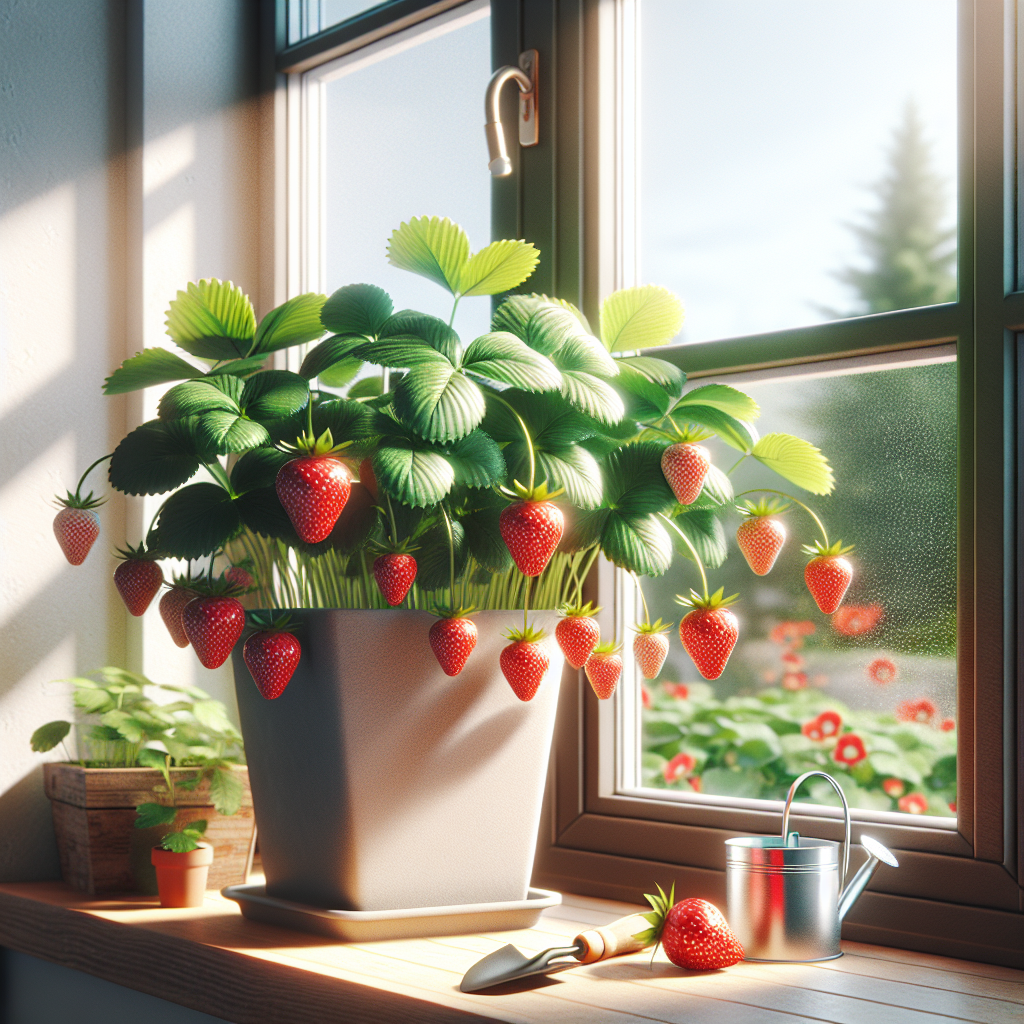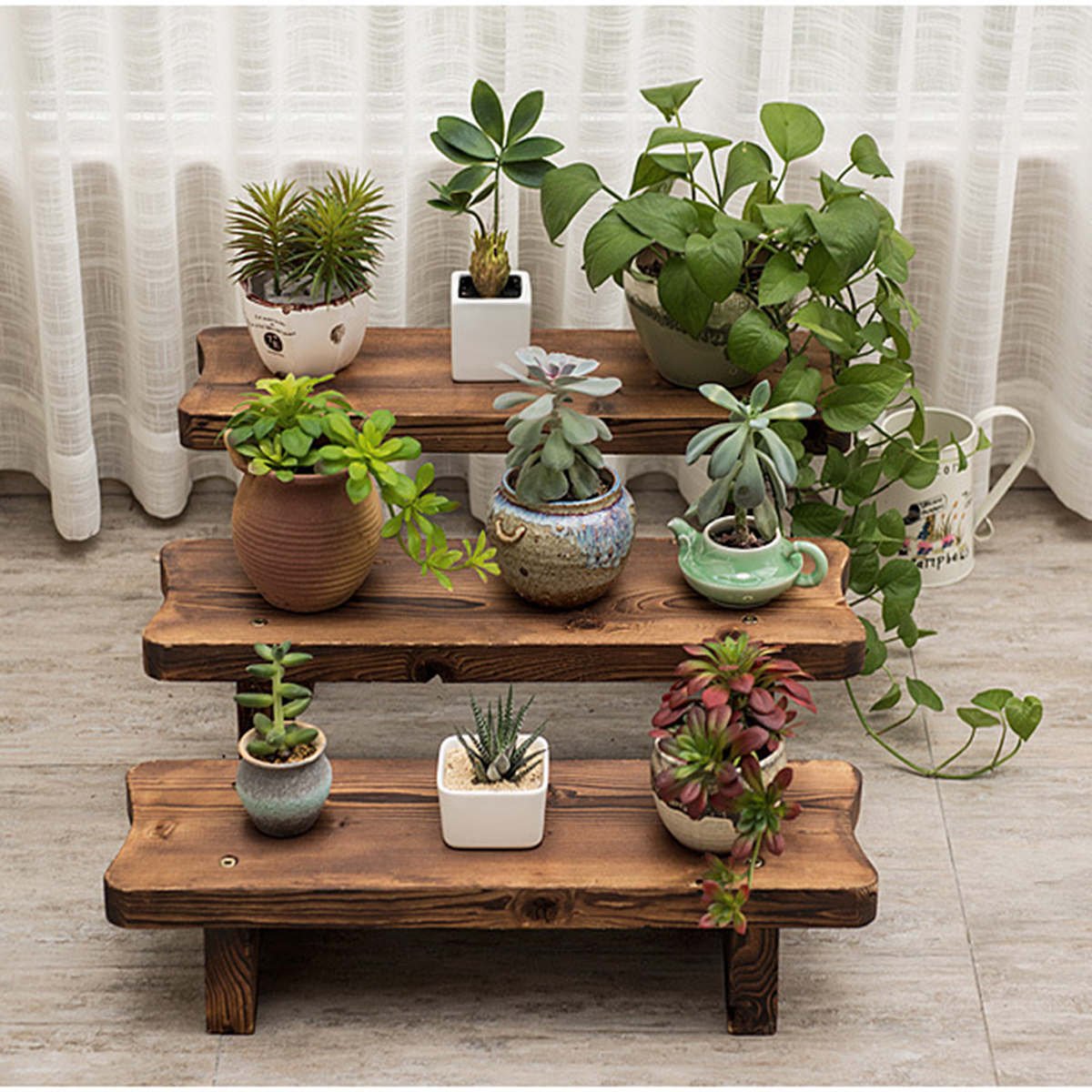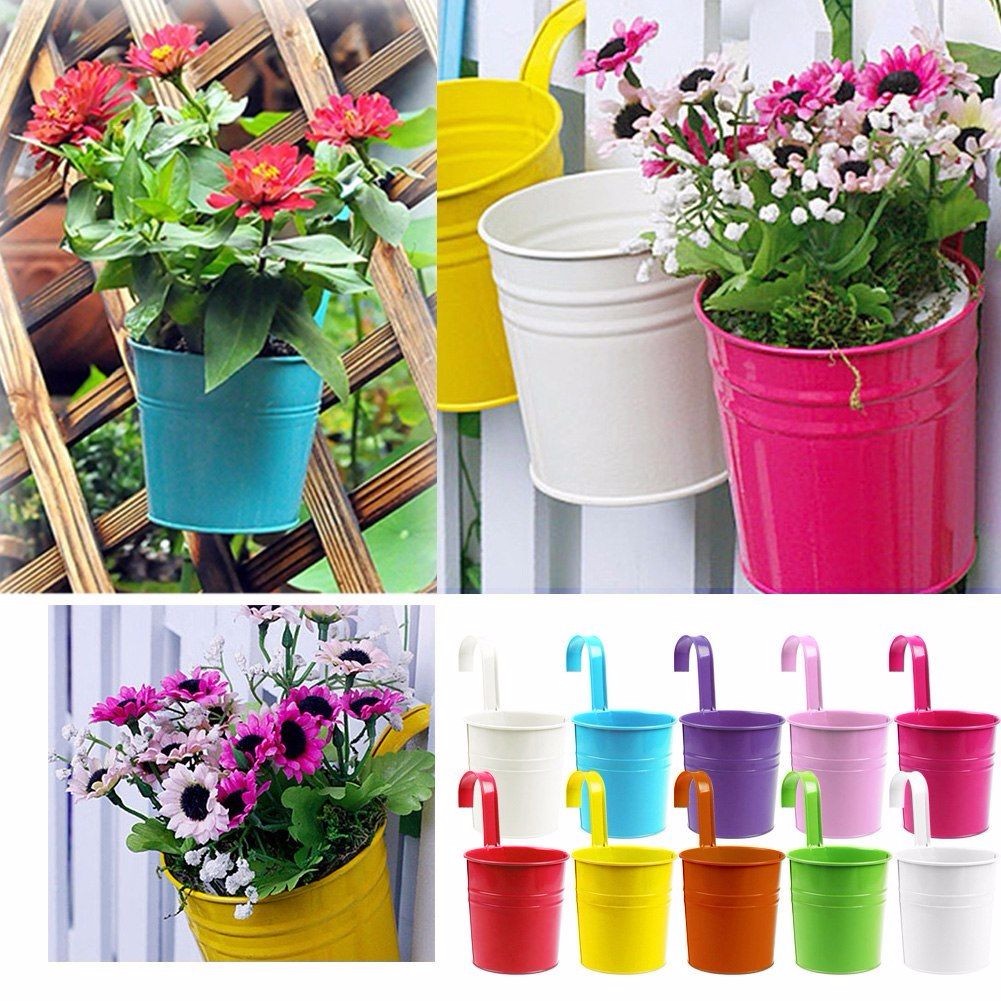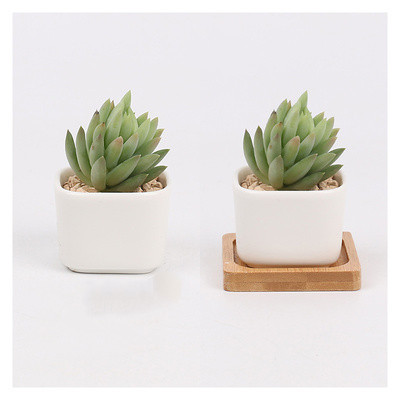Unveiling the Secrets to Successful Strawberry Cultivation at Home
Strawberries are not only delicious and refreshing; they also bring a touch of sweetness to any garden. There’s something incredibly satisfying about growing your own strawberries at home. Whether you have a large backyard or just a small patio, strawberry cultivation can be a rewarding experience that yields sweet rewards. In this article, we will unveil the secrets to successful strawberry cultivation at home, so you too can enjoy the bliss of homegrown strawberries.
Choosing the Right Variety:
When it comes to cultivating strawberries at home, choosing the right variety is crucial. There are three main types of strawberries: June-bearing, everbearing, and day-neutral. June-bearing varieties produce one large crop in late spring or early summer. Everbearing varieties produce two crops, one in early summer and another in late summer or early fall. Day-neutral varieties produce fruit throughout the growing season but typically have smaller berries.
Considering your climate and personal preferences should guide your choice of strawberry variety. If you prefer an abundant harvest during specific times of the year, choose a June-bearing or everbearing variety. If you want fruits spread out over the growing season, day-neutral strawberries might be ideal.
Selecting Good Quality Plants:
Once you’ve decided on the type of strawberry variety for your home cultivation, it’s important to select good quality plants for transplanting into your garden or containers. Look for plants with healthy green leaves and sturdy stems. Avoid plants with yellowing leaves or signs of pests or disease.
It’s also advisable to choose certified disease-free plants from a reputable nursery or online supplier. Disease-resistant varieties such as ‘Chandler’ or ‘Seascape’ can ensure a higher chance of success.
Preparing the Soil:
Strawberries thrive in well-drained soil rich in organic matter that is slightly acidic with a pH between 5.5 and 6.8. Before planting, prepare the soil by removing any weeds, rocks, or debris. Incorporate organic matter, such as compost or well-rotted manure, to improve soil structure and fertility. Adding a balanced slow-release fertilizer can provide the strawberries with essential nutrients over time.
Planting with Care:
When it’s time to plant your strawberries, ensure you have an appropriate location that receives at least six hours of sunlight per day. If you have limited space, consider using containers or hanging baskets.

In the garden, space the plants about 12 to 18 inches apart in rows that are 2 to 3 feet apart. Dig a hole large enough to accommodate the roots of the plant without crowding them. Place the crown at ground level and backfill with soil gently firming it around the roots. In containers, use well-draining potting mix and follow the same planting instructions.
Watering and Mulching:
Proper watering is crucial for successful strawberry cultivation. Water your plants regularly, providing around an inch of water per week during dry periods. Avoid overhead watering as it can increase disease incidence. Instead, direct water at soil level using soaker hoses or drip irrigation.
Mulching is another vital technique for strawberry cultivation as it helps conserve moisture and prevents weed growth. Place a layer of straw or pine needles around your plants once they have established themselves in the garden. This will also protect the fruits from sitting on damp soil and rotting.
Pest and Disease Management:
Strawberries are susceptible to various pests and diseases, but with proper care and attention, you can minimize their impact on your plants. Regularly inspect your plants for signs of pests like aphids or slugs. Apply organic pest control methods such as neem oil or diatomaceous earth when necessary.
Common strawberry diseases include gray mold (Botrytis cinerea) and fungal diseases like powdery mildew (Podosphaera aphanis). Preventive measures such as proper spacing, good air circulation, and removing infected plants can help control these diseases. Fungicidal sprays may also be necessary in severe cases.
Harvesting and Enjoying the Fruits:
The reward of successful strawberry cultivation comes with the joy of harvesting your own delicious berries. Strawberries should be picked when they are fully ripe, red, and plump. Gently twist the stem or use sharp scissors to avoid damaging the plant.
Enjoy your freshly picked strawberries as they are, or incorporate them into recipes ranging from pies and jams to smoothies and salads. They can also be frozen for future use if you have a bountiful harvest.
In conclusion, cultivating strawberries at home can be a delightful experience filled with luscious rewards. By selecting the right variety, preparing the soil adequately, providing proper care, and managing pests and diseases effectively, you can unveil the secrets to successful strawberry cultivation at home. So roll up your sleeves, get your hands dirty, and enjoy the pleasure of growing your own sweet treats right in your backyard.














